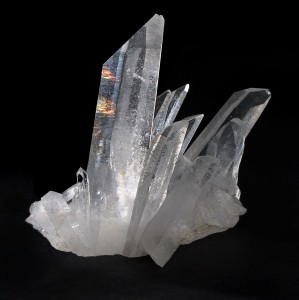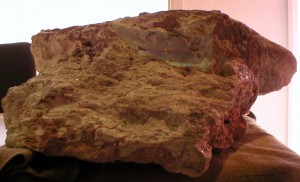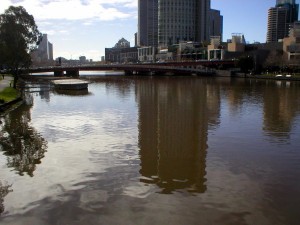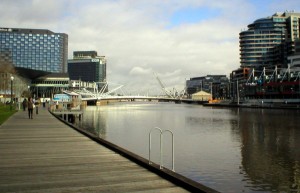![]()
![]()
![]()
riēn
This is very simply the 2nd person singular pronoun. Now, for the LCC2 Relay Text, concerning a talking rock. Sentence #2:
ē ñalla jakīþa jatēnnā rā lekū mē ōl aþ telme ien la riēn makīþa matēnnā kēñ;
This has all been blogged before (or just now). Three notes of interest, however.
1) ñalla [x] rā lekū mē is the circumlocution used to indicate that one has taken something [x] into one’s hand. The [x] is jakīþa jatēnnā, “the talking rock”. ōl is used to indicate upwards motion, so “took up into my hand”.
2) In the first clause, the talking rock is inanimate singular. In the second clause, which asks “Are you a talking rock?”, the talking rock is animate singular. This is called raising to animacy and happens when one imbues something with personhood, for example by talking to it as if it could answer back. Lowering something to inanimacy happens when one is removing personhood from something or someone. Not a nice thing to do.
3) We discussed reduced pronouns earlier this week and I mentioned that it is considered polite to reduce the 1st person pronoun. It is exceedingly familiar and thus impolite to strangers to reduce the second person pronoun.
ē ñalla jakīþa jatēnnā rā lekū mē ōl aþ telme ien la riēn makīþa matēnnā kēñ;
And I took the rock up into my hand and then said to it, “Are you a talking rock?”





